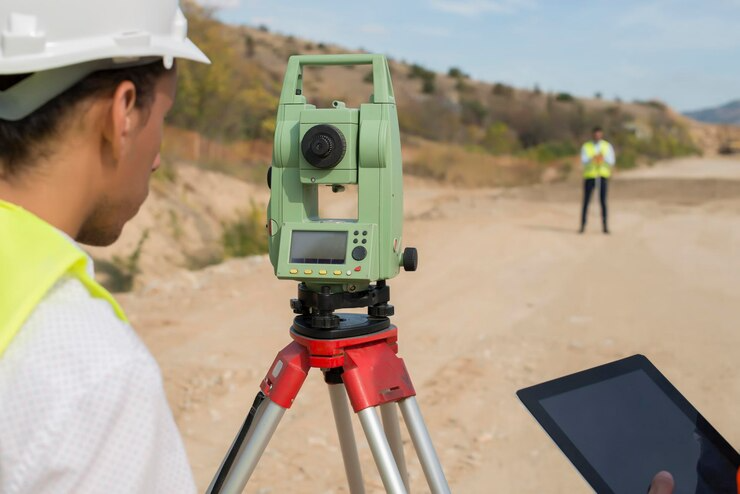The floor survey industry has undergone a first-rate transformation in recent years driven by an aggregate of first-rate virtual land surveying technology. Survey corporations and NexGen Surveys have been at the forefront of these trends in refining conventional survey techniques to provide a greener, more accurate, and more imparting. We will search this internet site for the critical factor: technological advances reworking land surveying and how NexGen Surveying navigates this virtual panorama.

The Evolution of Land Surveying Technology
- Land surveying concerned specialized devices and shipping techniques for acquiring data and producing maps for centuries. Theodolite and measuring gadgets have been examples of measuring gadgets in the past. Although those techniques made accurate outcomes, they were time and labor-intensive.
- The new land surveying technology has many features to automate geodetic surveys, allowing the surveyor to provide snapshots faster and more accurately. GPS, lidar scanning, drones, and advanced software programs now represent surveying tools.
- In modern times, international positioning structures (GPS) are becoming ubiquitous. GPS satellites and receivers pinpoint geographic facts and barriers with centimeter-step accuracy. These real-time region facts promise concise and reliable consequences.
- Light detection and varying (LiDAR) are every other region of accuracy and efficiency. Lidar scanners use pulses of laser light to gather three-D style and region-precise pictures. It might have been impossible to acquire this wealth of geographic information manually.
- Uncrewed aerial vehicles (UAVs), or drones, are used to seize flight information, photographs, and motion.
- Their excessive-resolution cameras properly and price-efficiently gather the whole in all forms.
- Advanced analytics and mapping software collects and techniques streams of digital statistics. They produce maps, models, statistics, and other analytical gear that manual planning and improvement paintings.
Integrating Technology
- As a forward-thinking enterprise, NexGen Surveying has embraced the contemporary era to decorate its geospatial surveying services. Their expert groups use brand-new gear and software program answers throughout the research system.
- NexGen uses analytical GPS receivers to pinpoint barriers and geographic features. GPS enables rapid on-website collection of accurate region records. They have incorporated this era into their area facts series and analysis software systems.
- NexGen uses a sophisticated lidar scanner for targeted elevation observations designed for terrain surveys. The density of factor clouds collected through LiDAR is superior to traditional guide processing. LiDAR offers an entire map.
- NexGen uses unmanned UAVs with specialized cameras and sensors to conduct surveys in good-sized or hard-to-get right-of-entry regions. Aerial views provide extra context and spend much time exploring huge areas strolling.
- NexGen combines thisland surveying technology with state-of-the-art software to technique information, create maps and models, and examine analytical records. Advanced programs method insights, visualize them, and extract insights from digital statistics.
Benefits of Digital Transformation
The transition to digital equipment powered via GPS, LiDAR, drones, and software programs:
- The precision management era has improved production accuracy and reduced mistake charges.
- Fast evaluate the transition to digital equipment powered via GPS, LiDAR, drones, and software programs: timeline by computerized information series and processing.
- Higher fee financial savings than manual methods that require longer hard work hours.
- Complete datasets and 3D modeling for advanced analysis and planning.
- It improved protection and admission to risky or inaccessible regions using drones.
- Optimized commercial enterprise techniques and collaboration through the integration of new land surveying technology.
Conclusion
The floor survey industry has undergone a virtual transformation due to innovative technologies, including GPS, lidar, drones, and surveying software programs. Companies that have embraced this digital gear and NexGen testing can deliver more secure, faster, and more accurate testing. They are pioneering the destiny of research by harnessing the strength of land surveying technology to enhance the study process and provide deeper insights continuously. For corporations that want reliable and accurate geospatial evaluation, partnering with head-thinking companies that might be leaders in survey generation is prime.
